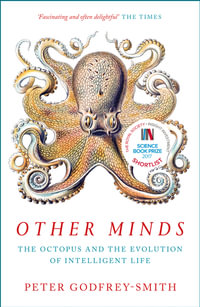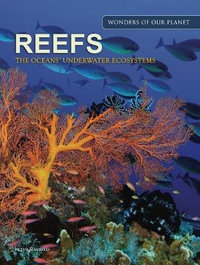Tsunamis are among the most powerful and devastating forces of nature, with the potential to reshape landscapes, disrupt ecosystems, and cause unimaginable human suffering. Waves of Destruction: The Science behind Tsunami Formation and Its Impact on Life delves into the complexities of tsunami science, offering readers a comprehensive understanding of how these massive waves are triggered and the wide-reaching consequences they have on the world.
This book unravels the science behind tsunami formation, from the undersea earthquakes, volcanic eruptions, and landslides that initiate these colossal waves, to the ways in which they travel across oceans and reach devastating speeds and heights. With a focus on modern scientific research, it explores the role of tectonic activity, wave dynamics, and oceanography in predicting and understanding tsunamis. The book also investigates how rising sea levels and climate change could exacerbate the risk of tsunamis in the future.
Beyond the science, Waves of Destruction also examines the human and ecological toll of tsunamis. The book discusses the immediate impact on coastal communities, the long-term economic fallout, and the psychological trauma experienced by survivors. It highlights stories of resilience and recovery, offering insights into how nature and human societies rebuild after such devastating events. The global response to tsunamis, including international aid and recovery efforts, is explored, showcasing how communities can learn from past disasters to improve preparedness for future waves.
Written in an accessible yet detailed manner, Waves of Destruction is not only a deep dive into the mechanics of tsunami science but also a tribute to the resilience of life in the face of one of nature's most destructive forces. This book is essential for anyone interested in understanding the power of the oceans, the science of natural disasters, and the ways in which communities can prepare for and recover from these devastating events.
























